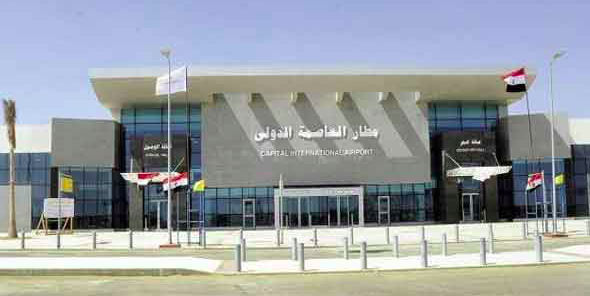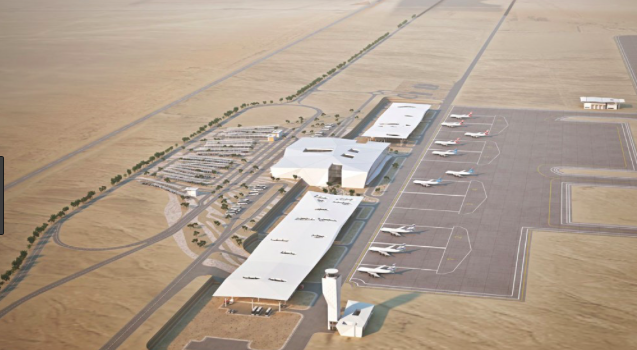Italy’s Deputy Prime Minister and Minister of the Interior Matteo Salvini said he is in favour of new airport construction projects in Italy. “Italy needs more ports, more airports, maybe coordinated together”, he said, adding, “from my point of view, the more you travel the better. The more opportunities for business work and fast travel by plane, by car, by train or by boat there are, the better”.
The government in Italy is a new one, since May-2018. No political group or party won an outright majority in the general election, resulting in a hung parliament. Following 88 days of negotiations and several impasses, a law professor, Guiseppe Conte was appointed as the prime minister with support from the ‘League’, or Northern League, a right-wing political party, and the Five Star Movement, an anti-establishment left-leaning party.
In Aug-2018 the new government faced its first major test of public opinion when the Polcevera Viaduct on the A10 motorway at Genoa collapsed, killing 43 people. The toll road was operated by Atlantia, which is also an airport investor, in Aeroporti di Roma and other Italian airports.
The collapse raised concerns about the general condition of infrastructure in Italy. Infrastructure investment in Italy was reduced dramatically after the 2008 financial crisis. As such it may have prompted a reappraisal of infrastructure needs, leading to this announcement.
A previous administration, together with ENAC, the civil aviation authority, actually considered reducing the number of airports in the country to a manageable 12 or so, on the basis that there were too many. That was perhaps a surprising observation when one takes in to account that it is the partial privatisation of many of Italy’s airports, especially the smaller ones which typically only see LCC flights, which has been an important contributor to rising passenger numbers throughout the country.
Italy has 38 commercial airports with annual passenger numbers ranging from 40.9 million to 164 million, which in 2017 handled 175.4 million passengers in total, or an average of 4.61 million each. If there is a gap it is to the south of Rome, where a new, mainly low-cost airport for the city was once proposed.
The CAPA Airport Construction Database lists only one new airport under construction or planned in Italy and that is the USD17 billion, 100 mppa, four-runway proposed new Brescia-Verona Airport which was to have been developed by a consortium of private investors named Europe 1 and led by China’s Sīxiăng Holding and Aviation Economics. It would also have been a new airport for Milan, which is already served by three airports but in a congested space, but the initiative seems to have been lost.
So Matteo Salvini has a point about new airport development, now that the rather strange proposal to synthesise the existing ones down to 12 seems to have been dropped. If he is thinking that the state should provide the initiative though that is not traditionally how things are done these days in a country that has been wedded to the concept of privatisation for several decades now, and across most sectors.
The people he needs to be convincing are at firms like AdR/Atlantia, SAVE, the operator of Venice Airport, and private equity houses like F2i, which has a hand in six Italian airports. Or foreign operators like Vinci which have an eye for good business opportunities. As for joint port/airport operation that is a tougher call but there are firms, for example in the UK and Hong Kong, which operate both ports and airports.
Source: The Blues Swan, CAPA.




